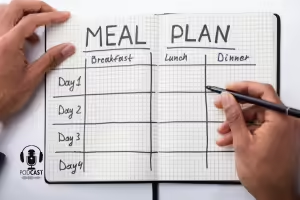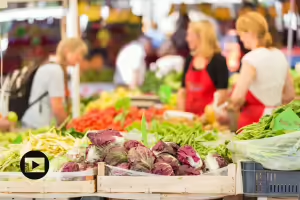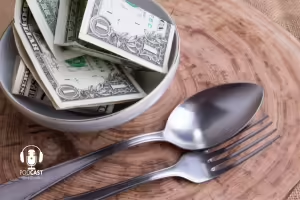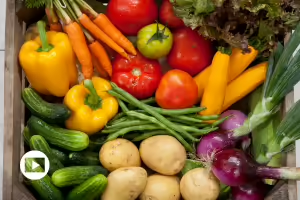Don't sacrifice nutrition trying to save on food costs.
It's a difficult time for the nation's dinner table. Food prices from both grocery stories and restaurants is going up in price. According to the National Restaurant Association, eggs are up 220% in the past 12 months; butter 51%; flour 40%. On average, U.S. households experienced an 18% increase in the price of food from April 2021 to April 2022. We may not be able to control the increases, but we can help you get the most nutritional quality your family deserves with the money you have to spend. Try these ideas for stretching your food dollars.

What's For Dinner
Try these tips and tricks Extension professionals use with their family to limit financial feuds around food.
Buying at the Farmers Market
Learn why it’s better for you and your local economy to shop at the farmers market first!
Save Money on Food
Are you happy with how much money you spend on food? We can help cut those costs.
Community Supported Agriculture
CSA farms ask their members to subscribe and pay up front for a season of food from that farm.
Title
Save Time
Write a Grocery List
A pre-written list helps you move through the store quickly because you know what you need.
Use Tools to Shop Less
Writing shopping lists, planning meals for a week, and cooking from what is already in your pantry at home can mean fewer shopping trips and prevent the need to make a trip just for one ingredient.
Title
Look Closely
Look Down
Less expensive brands are often found on the lower shelves. More expensive and name brands are often on eye-level shelves.
Check the “Power Wall”
The Power Wall is usually inside the front door of the store. It displays both seasonal and weekly sales items.
Choose the Smaller “Unit Price”
Unit Price is the cost per amount, such as $1.35/pound or $0.95/ounce. While price tags might show Unit Price, learn to calculate it at myplate.gov.
Title
Add Nutrition
Buy Seasonal Produce
Buying fruits and veggies during their growing season often means lower prices and better quality. Learn what foods are seasonal at eat-move-save.extension.illinois.edu.
Choose Canned, Frozen, and Dried
When fresh fruits and vegetables are out of season, buy frozen, canned, and dried produce instead for similar nutrition to fresh at low costs.
Make a Meatless Meal
Try a meatless meal once a week to add variety and save money. Recipes with beans, soy products, and eggs are options.
Title
Reduce Food Waste
Understand Food Dates
Best buy, sell buy, and other food dates are typically about food quality, not food safety. Check out the FoodKeeper App to search specific foods.
Learn Your Trash Habits
Foods can mold, become limp, or smell off and end up in the trash. Buying less fresh produce and more canned or frozen foods and preserving at home are two ways to have less food become waste.
Title
Check Sales
Read Weekly Ad Sales
When your favorite items are on-sale, buy extra (if you have the space).
Use Coupons
Whether paper or electronic, shop with store coupons and manufacturer coupons for extra savings. Remember, you don’t have to buy a food just because you have a coupon.
Compare Memberships
Your store might have member-only benefits. Read the details closely to make sure it’s worth it to you and your bank account.
Washing your hands is one of the simplest steps you can take to keep you and your community healthy.